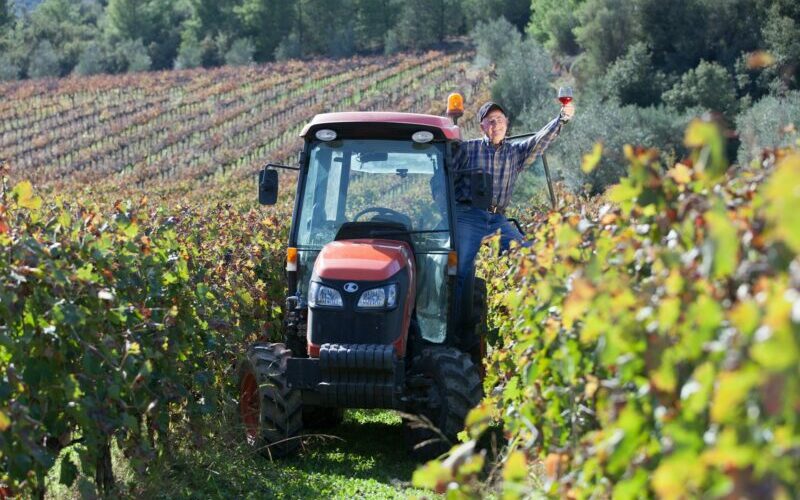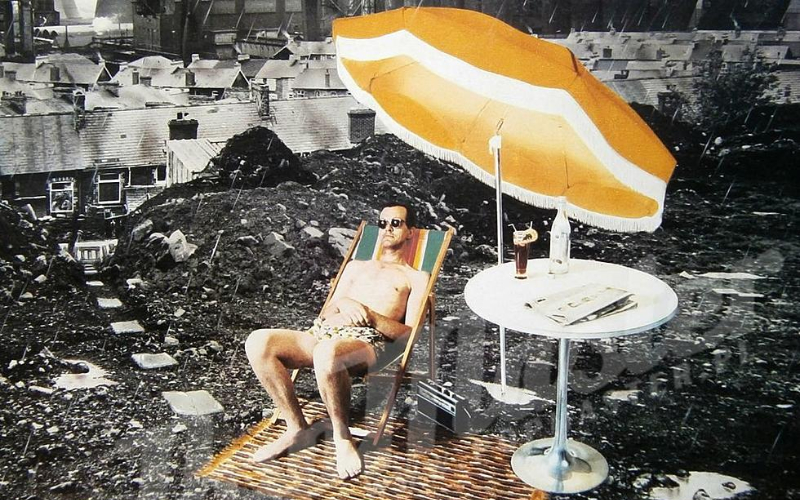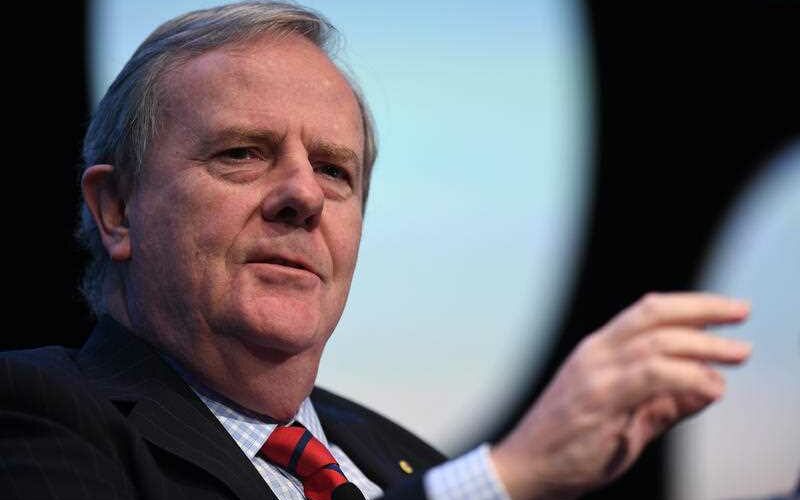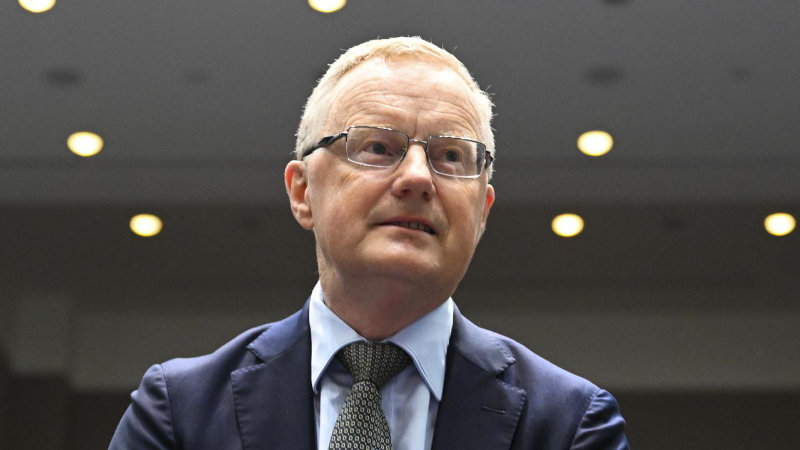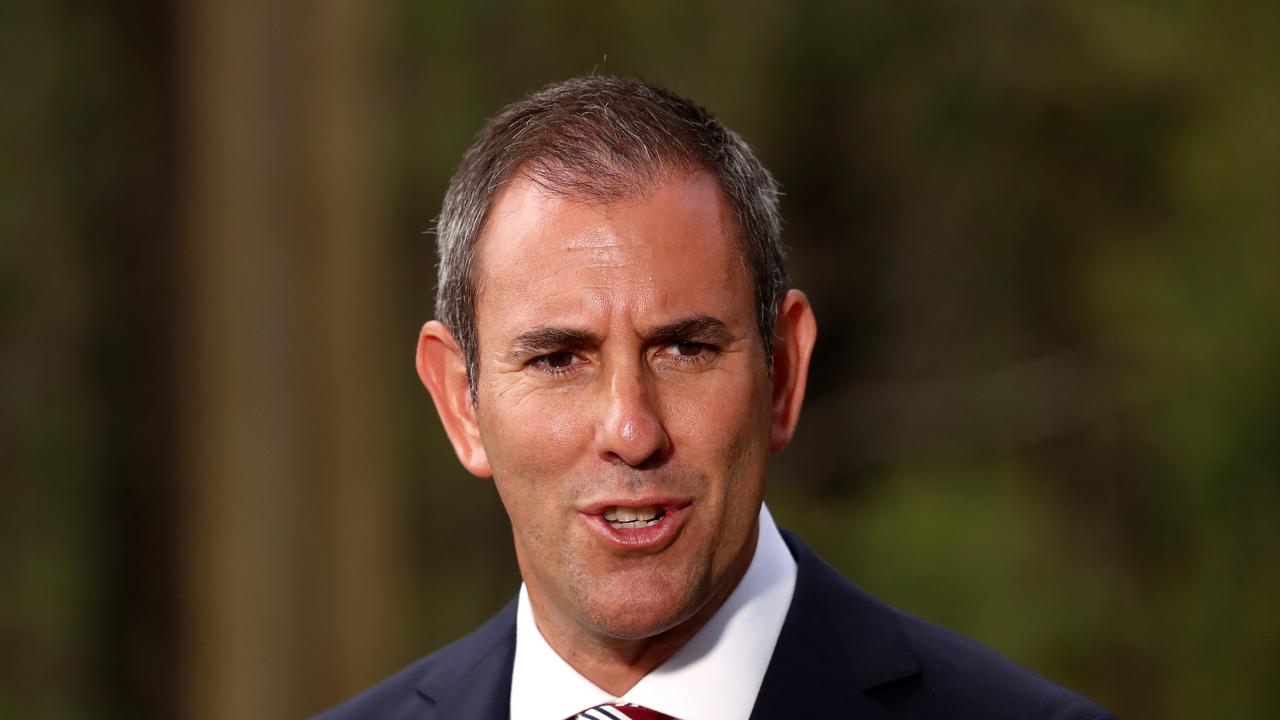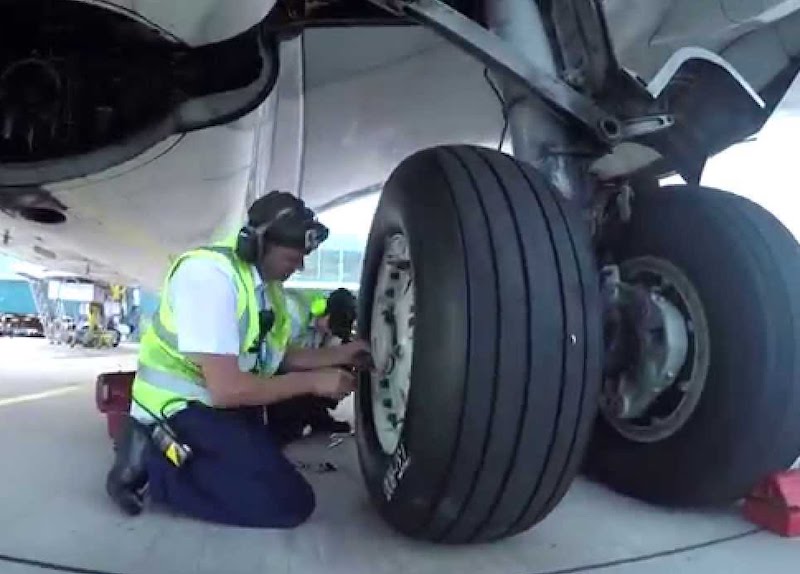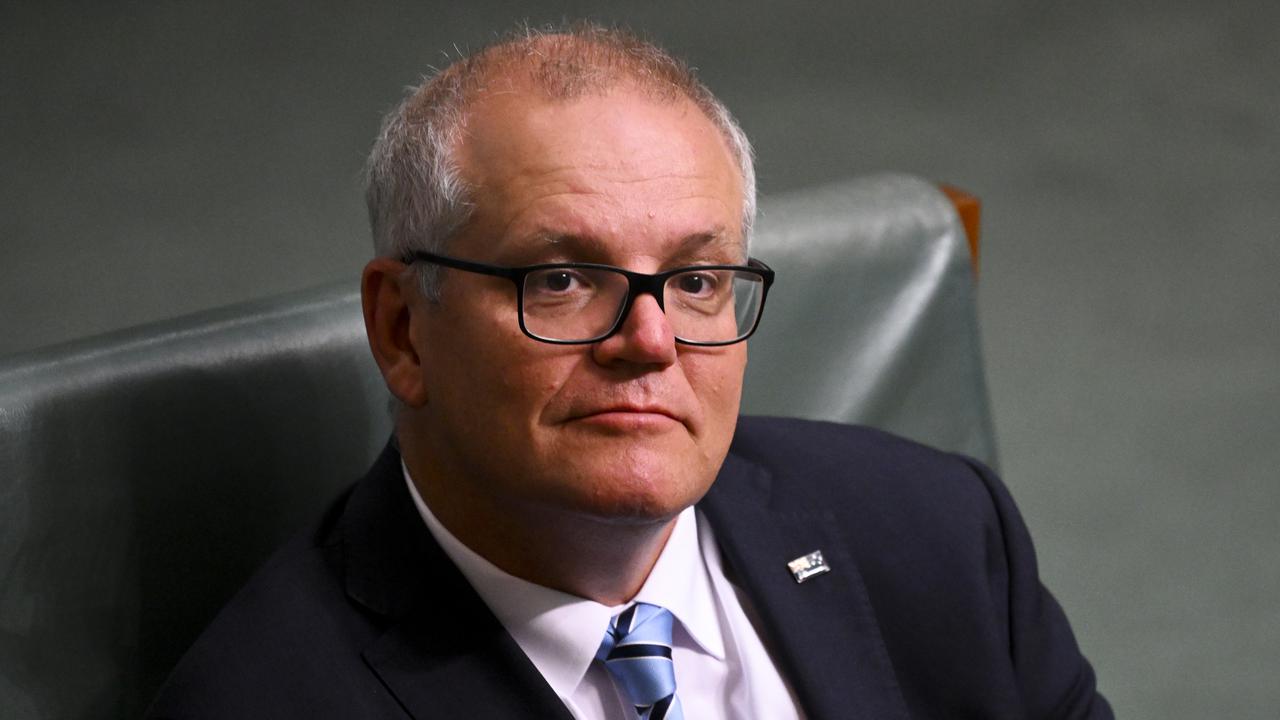
This week’s Budget had something for everyone, designed with one eye on reducing cost-of-living pressures and the other on preparing for the election. But what about women? Harry Chemay asks.
The budget’s headline announcement was a non-means tested $300 energy bill rebate for all households, together with the 1 July commencement of the amended Stage 3 tax cuts announced in January. These measures, together with an additional 10% increase in Commonwealth Rent Assistance (following on from last year’s 15% uplift), form the core of the Government’s policies for providing wider cost-of-living relief.
Economists are focused on the potential inflationary aspects of these measures, debating Treasury’s forecast that sees headline CPI fall within the Reserve Bank’s preferred 2% to 3% target band during 2024-25. Inflation matters, as the Albanese government is making a political calculation with this Budget; that the inflation genie will indeed be back in its bottle by early next year, with lower official interest rates being an ideal catalyst to spark an election campaign.
But tucked away in amongst the Budget papers, generally shunned by the commentariat, sits another document, one that has the capacity to shape outcomes for half the population.
Women’s Budget Statement
The final Morrison Government Budget, delivered in March of 2022, was the first to incorporate a dedicated, stand-alone Women’s Budget Statement amongst the Budget Papers, following the establishment of a Cabinet Taskforce “to better coordinate, inform and address critical issues facing women in Australia.”
The Women’s Budget Statement is now a reporting mechanism to gauge the progress of the recently launched ‘Working for Women: A Strategy for Gender Equality (Working for Women)’ initiative<, the Albanese Government’s ten-year strategy “to shift the dial on gender equality for everyone, and to get things working for women in Australia.”
It has five priority areas of focus: gender-based violence, unpaid and paid care, economic equality and security, health and leadership, representation and decision-making.
Stage 3 tax cuts and the Battle for Middle Australia. But who is that exactly?
Addressing gender-based violence
The Women’s Budget Statement section on gender-based violence makes for uncomfortable reading. According to the Statement, just over one in four women (27%) have experienced violence or abuse by a cohabiting partner. And on average,
one woman was killed every 11 days by a current or former intimate partner in 2022-23, with 34 women killed during this period.
First Nations women are at even greater risk, with the rate of intimate partner homicide six times the rate for other women during 2022-23. Overall, 75% of specialist homelessness services clients who experience family and domestic violence are female.
In response, the Budget contains several measures aimed at tackling gender-based violence and its after-effects, the key one being a commitment of some $925 million over five years from 2023-24 to establish a ‘Leaving Violence Program’.
This program will help people leave relationships involving intimate partner violence, providing up to $5,000 in financial support together with referral services, risk assessments and safety planning. Funding will also be released from the Housing Australia Future Fund for crisis and transitional housing options for women and children experiencing family and domestic violence.
A newly established First Nations National Plan Steering Committee will assist in developing a standalone First Nations National Plan for family safety.
The Budget measures are not without criticism, though, with National Legal Aid, the body representing the state and territory legal aid commissions, expressing concern over ongoing funding for legal aid services, including representing women leaving family violence.
The level of funding beyond June 2025 is currently being assessed as part of the National Legal Assistance Partnership.
Wage outcomes remain gender biased
Another area where women still haven’t achieved parity with men is in economic and financial security. According to the Women’s Budget Statement, the gap in full-time average ordinary earnings is around 12%, or some $238 per week ($12,376 per year) on average as compared to men.
When total remuneration is compared, the gender gap increases to $26,393 per year on average, or some 21.7%, according to the Workplace Gender Equality Agency (WGEA).
The WGEA has recently started publishing gender pay gap data for private sector employers with 100 or more employees, capturing some 5,000 employers and almost 5 million employees. Its Pay Gaps Snapshot, released in February, paints a picture of progress in some sectors, particularly the caring economy, while change in traditionally male-dominated sectors has been slower, as the chart below shows.

Source: WGEA, Employer Gender Pay Gaps Snapshot, February 2024
Then there’s the issue of workforce participation, the ability for women to access employment, to the fullest extent of their skills, training, needs and preferences. Over the past 40 years, women’s workforce participation has lifted from around 45% in 1984 to be around 63% today, according to the Women’s Budget Statement.
The story is significantly less rosy for First Nation’s and refugee women, and compares poorly to the participation rate for males that sits around 80%, as the chart below indicates.

Women’s participation rates. Source: Women’s Budget Statement 2024-25
Combine the lower overall labour participation rate with the gender wage gap, which is itself driven by structural barriers to higher-income sectors (women represent around 15% of Australia’s STEM workforce), and the result is a persistent difference in economic outcomes and financial security.
Women, for example, made up only 35% of the clean energy industry during 2023, and for some roles, such as energy efficiency engineers, less than 10% of workers.
The Budget addresses some of these issues, with measures such as a Building Women’s Careers program to support women in accessing training in clean energy and construction. There is also more funding, via the Pathway to Diversity in STEM Review, to increase female participation in STEM and science engagement programs.
The capping of HELP indexation to the lower of the CPI or Wage Price Index will also assist women, who hold the majority of outstanding HELP debt.
Superannuation disparity
The structural equity gaps between women and men may appear superficial to some. However, the lever of time and outcomes between the genders diverge as retirement approaches.
The Women’s Budget Statement acknowledges the issue, noting that,
lower hourly and weekly earnings and lower wealth accumulation compound to produce lower superannuation balances and less economic security in retirement.
Simply put, having a fixed rate of employer super contribution applied across the gender pay gap can’t produce any result other than large imbalances in superannuation savings at the point of retirement.
How large? Using ATO data from 2020-21, the Women’s Budget Statement estimates the retirement savings gap to be around $64,000 for someone nearing retirement age (55 to 59), with a typical female super balance of $133,000, as compared to a male balance closer to $200,000, as the chart below indicates.

Median super balance gender gap. Source: Women’s Budget Statement 2024-25
This system inequity has been well documented previously, including in modelling done by the Treasury in 2019. The study, which forecasts retirement balances out to 2060, found that
while future superannuation balances at retirement will continue to increase for both genders, women’s balances will continue to lag behind men’s balances.
The forecast 2060 outcomes suggest that both genders will end up with typical (i.e. median) super balances closer to $500,000 (in 2019 dollars) but that a gap of around 10% will still persist between the genders.
The report closed with an acknowledgement that: “as long as women continue to have lower labour force participation and incomes than men, they will continue to make up a higher proportion of those with lower balances in retirement.”
The announcement in March this year, confirmed in the Budget, of superannuation to be paid on Government-funded Paid Parental Leave (PPL), is thus to be welcomed. This measure will be available to parents of babies born or adopted on or after 1 July 2025, when the super employer rate will be 12%. In 2022-23, some 66% of PPL recipients were women.
With PPL now extended from the previous 18 weeks, a mother on the full partnered entitlement of 22 weeks may experience an increase in super of around $4,250, or 1.15%, according to the Women’s Budget Statement.
Overall then, if the 10 year ambition of the ‘Working for Women’ strategy is realised, it may improve the safety, income-earning ability, career trajectory, health and retirement outcomes of Australian women. The ambition is grand, and the results will be heavily dependent on good execution, but
if successful one half of the population might no longer live with the prospect of being Australia’s Nouveau Poor.
The Nouveau Poor – gender pay gap, super inequality stretched in pandemic
This post was originally published on Michael West.







